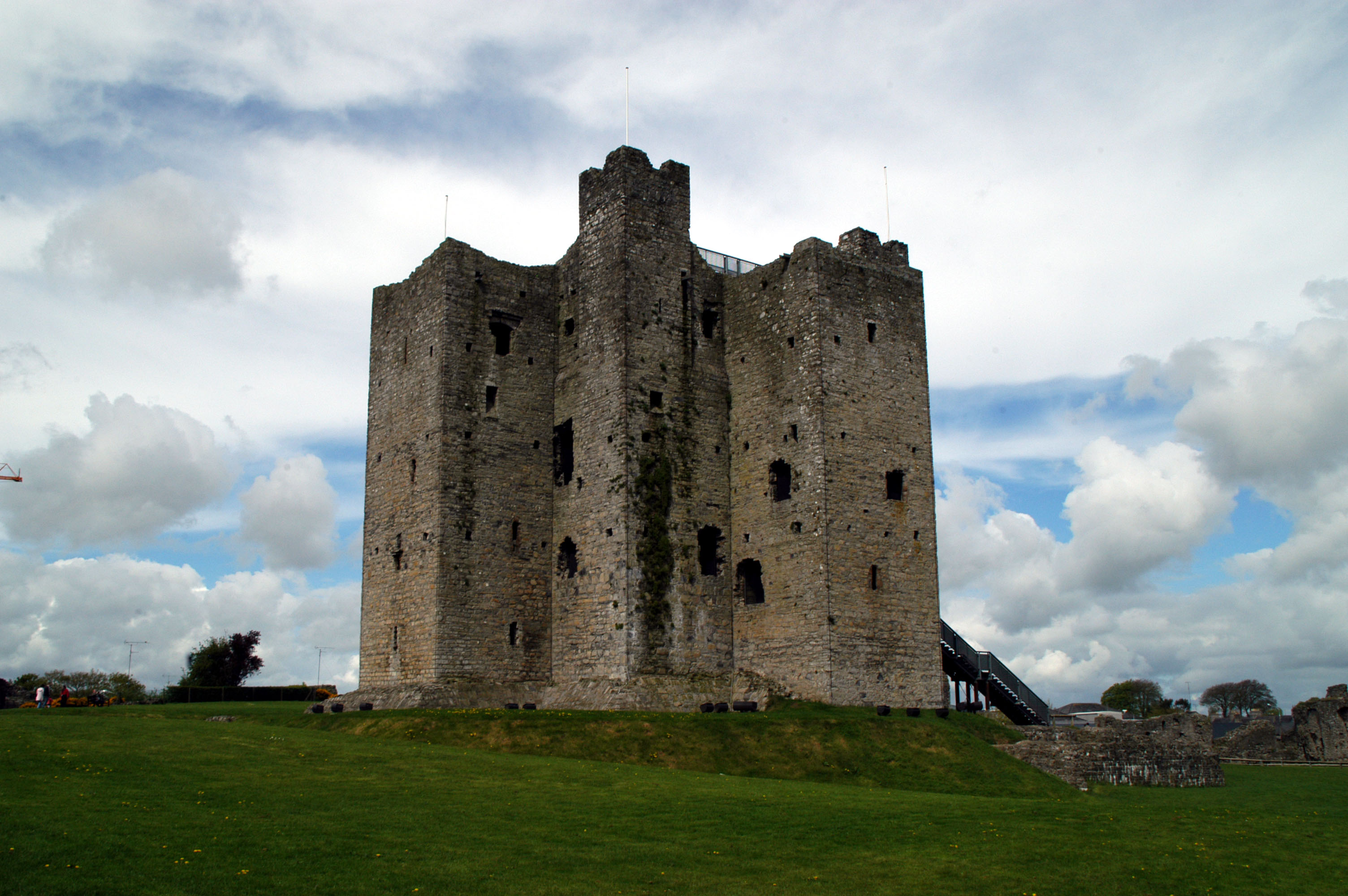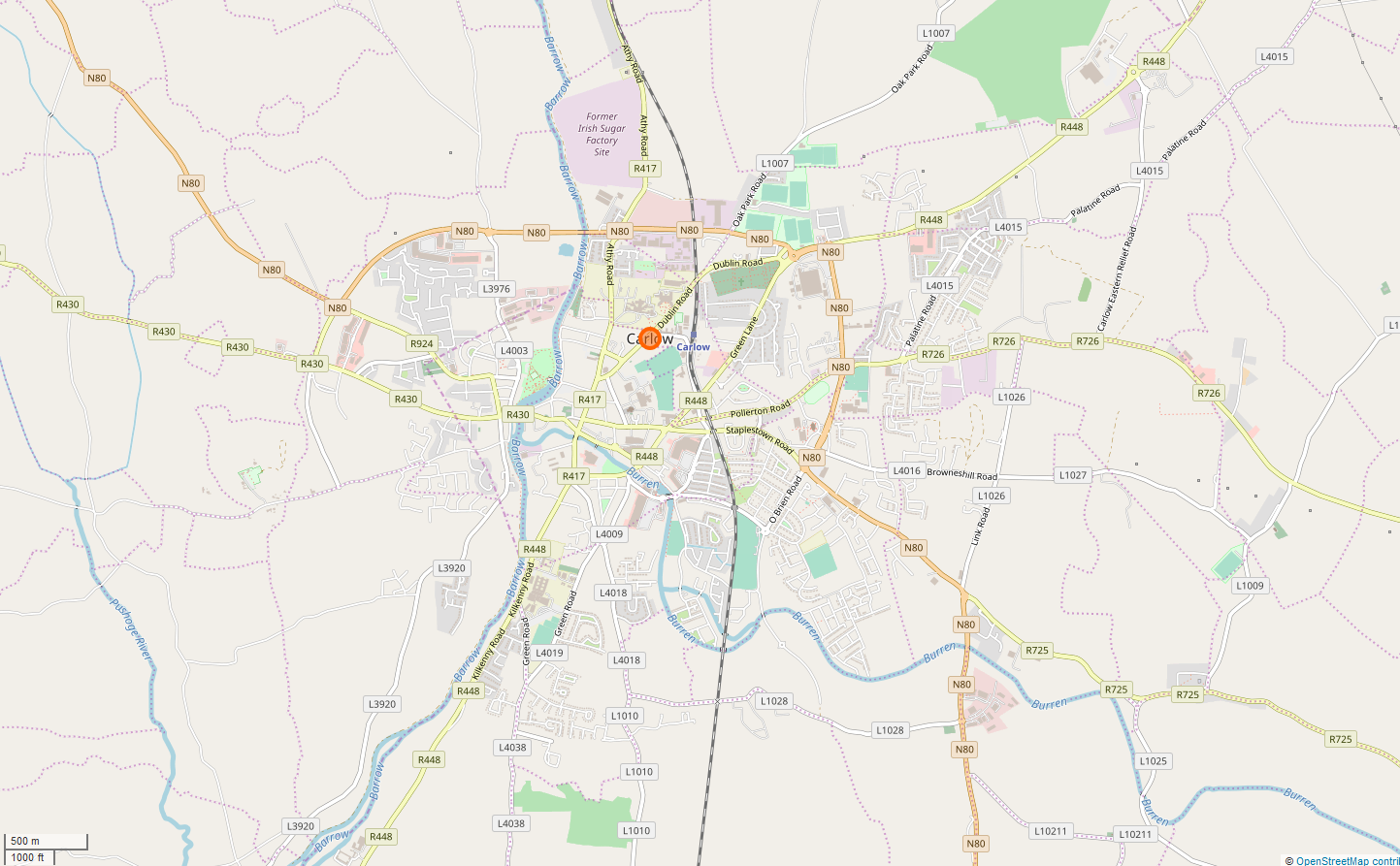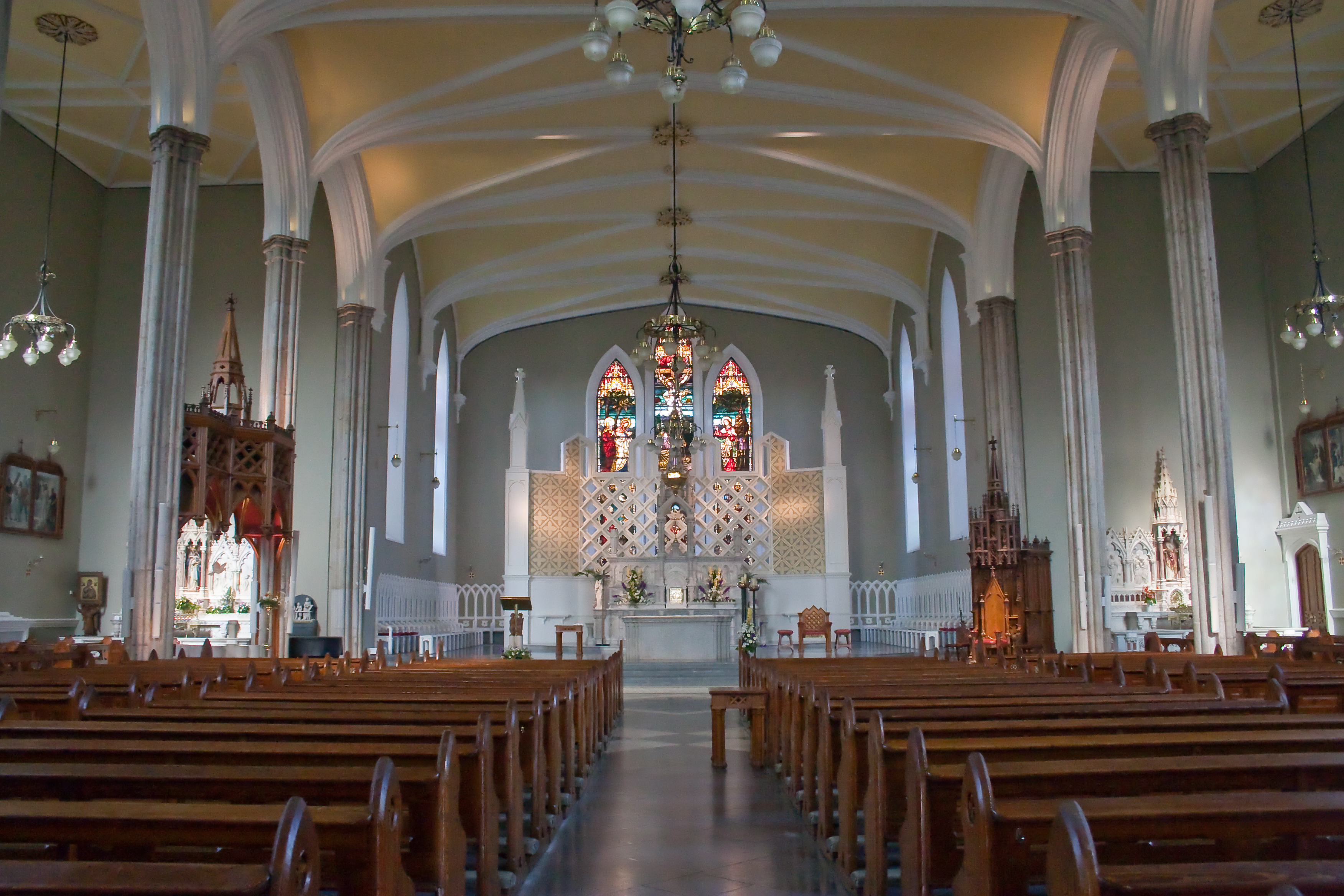|
List Of Castles In Ireland
This List of Castles in Ireland, be they in Northern Ireland (United Kingdom) or in the Republic of Ireland, is organised by county within their respective jurisdiction. Republic of Ireland County Carlow : County Cavan : County Clare County Cork : * Aghamarta Castle * Aghamhaoila Castle * Ballea Castle * Ballinacarriga Castle, ruined tower house * Ballincollig Castle, ruined castle * Ballintotis Castle * Ballybeg Castle * Ballyclogh Castle * Ballyhooly Castle * Ballymaloe House, country house * Ballynamona Castle * Ballyrobert Castle *Barrymore Castle * Barry's Castle * Barryscourt Castle, restored castle * Belvelly Castle, restored castle * Blackrock Castle, restored castle * Blackwater Castle, restored castle * Blarney Castle, restored castle * Buttevant Castle * Carrigacunna Castle * Carrigadrohid Castle * Carrigleamleary castle *Carrignamuck Castle, ruined tower house, sometimes "Dripsey Castle" * Carriganass Castle * Carrigaphooca Castle * Carrigboy Castle * ... [...More Info...] [...Related Items...] OR: [Wikipedia] [Google] [Baidu] |
Northern Ireland
Northern Ireland ( ; ) is a Countries of the United Kingdom, part of the United Kingdom in the north-east of the island of Ireland. It has been #Descriptions, variously described as a country, province or region. Northern Ireland shares Republic of Ireland–United Kingdom border, an open border to the south and west with the Republic of Ireland. At the 2021 United Kingdom census, 2021 census, its population was 1,903,175, making up around 3% of the Demographics of the United Kingdom#Population, UK's population and 27% of the population on the island of Ireland#Demographics, Ireland. The Northern Ireland Assembly, established by the Northern Ireland Act 1998, holds responsibility for a range of Devolution, devolved policy matters, while other areas are reserved for the Government of the United Kingdom, UK Government. The government of Northern Ireland cooperates with the government of Ireland in several areas under the terms of the Good Friday Agreement. The Republic of Ireland ... [...More Info...] [...Related Items...] OR: [Wikipedia] [Google] [Baidu] |
1310 In Ireland
Events from the year 1310 in Ireland. Incumbent *Lord: Edward II Events * Áed Bréifnech Ó Conchobair killed by Seónac Mac Uidilín, officer of his mercenaries, at the instigation of Sir William Laith de Burgh. * Fedlimid mac Áed mac Eógan Ó Conchobhair installed as King of Connacht by Máelruanaid Mac Diarmata ( Mac Dermott) at Carnfree with full ancient ceremony * Ó Ragallaig and Mac Mathgamna campaign in Airgialla *January–June – trial of Knights Templar in Dublin * 9 February Parliament at Kilkenny. Law passed against reception of Irishmen as members of Anglo-Irish religious houses * after 24 March Parliament at Kildare * Earl of Ulster builds castle at Sligo Births Deaths * Tanaide Mor mac Dúinnín Ó Maolconaire, seanchai (historian A historian is a person who studies and writes about the past and is regarded as an authority on it. Historians are concerned with the continuous, methodical narrative and research of past events as relating to the human ... [...More Info...] [...Related Items...] OR: [Wikipedia] [Google] [Baidu] |
1577 In Ireland
Events from the year 1577 in Ireland. Incumbent *Monarch: Elizabeth I Events *January 11 – Palesmen sends delegates to England to complain of the burden of the cess. *June – James FitzMaurice FitzGerald is in Spain plotting rebellion in Ireland with the support of Pope Gregory XIII. *October 25 – Brian O'Rourke agrees with Sir Nicholas Malby (Lord President of Connaught) for payment to the English crown for his lordship of West Bréifne. *November – the Great Comet of 1577 is visible.Annals of the Four Masters. *November/December – Massacre of Mullaghmast: The Ó Moores and O'Connors have most of their ''fine'' (or ruling families) massacred by English soldiers at Mullaghmast (County Kildare) having been invited there for peace talks. * Athenry is sacked by the ''Mac an Iarla'', the sons of the Richard Burke ( Ulick and John). This follows their previous attack in 1572. Births Deaths *January 4 – William Walsh, Roman Catholic Bishop of Meath (b. c.1512) ... [...More Info...] [...Related Items...] OR: [Wikipedia] [Google] [Baidu] |
Rory Oge O'Moore
Rory is a given name of Gaelic origin. It is an anglicisation of the /''Ruaidhrí'' and /''Ruaraidh'' and is common to the Irish, Highland Scots and their diasporas. for the given name "Rory". The meaning of the name is "red king", composed of ''ruadh'' ("red") and ''rígh'' ("king"). In Ireland and Scotland, it is generally seen as a masculine name and therefore rarely given to females. History An early use of the name in antiquity is in reference to Rudraige mac Sithrigi, a High King of Ireland who eventually spawned the Ulaid (indeed, this tribe are sometimes known as ''Clanna Rudhraighe''). Ruadrí mac Domnall was the grandfather of famous Scottish king Macbeth and the eponymous founder of ''Clann Ruaidrí'' ( House of Moray). Throughout the Middle Ages, the name was in use by various kings, such as Ruaidrí mac Fáeláin, Ruaidrí na Saide Buide and Ruaidrí Ua Conchobair, the last High King of Ireland. As well as this, Ruairí Óg Ó Mórdha, the famous King of Laois ... [...More Info...] [...Related Items...] OR: [Wikipedia] [Google] [Baidu] |
Thomas FitzGerald, 10th Earl Of Kildare
{{Infobox noble, type , name = Thomas FitzGerald , title = The Earl of Kildare , image = Thomas FitzGerald, 10th Earl of Kildare.jpg , caption = , alt = , CoA = , more = no , succession = , reign = 1534–1537 , reign-type = Reign , predecessor = Gerald FitzGerald , successor = Title forfeited , suc-type = , spouse = , spouse-type = , issue = , issue-link = , issue-pipe = , full name = , styles = , titles = , noble family = FitzGerald dynasty , house-type = , father = Gerald FitzGerald , mother = Elizabeth Zouche , birth_date = 1513 , birth_place = , christening_date = , christening_place = , death_date = 3 February 1537 (aged 23/24) , death_place = Tyburn, London, ... [...More Info...] [...Related Items...] OR: [Wikipedia] [Google] [Baidu] |
1180 In Ireland
Events from the year 1180 in Ireland. Incumbents *Lord: John Events *Construction of Carrickfergus Castle begins.''Illustrated Dictionary of Irish History.'' Mac Annaidh, S (ed). Gill and Macmillan, Dublin. 2001 * St Mary's Cathedral built in Limerick. Births Deaths * 14 November – Laurence O’Toole * Muirgheas Ua hEidhin, King of Uí Fiachrach Aidhne Uí Fhiachrach Aidhne (also known as Hy Fiachrach) was a kingdom located in what is now the south of County Galway. Legendary origins and geography Originally known as Aidhne, it was said to have been settled by the mythical Fir Bolg. Dubhalta ... References {{Year in Europe, 1180 ... [...More Info...] [...Related Items...] OR: [Wikipedia] [Google] [Baidu] |
Hugh De Lacy, Lord Of Meath
Hugh de Lacy, Lord of Meath, 4th Baron Lacy (; before 1135 – 25 July 1186), was an Anglo-Normans, Anglo-Norman landowner and royal office-holder. He had substantial land holdings in Herefordshire and Shropshire. Following his participation in the Anglo-Norman invasion of Ireland, he was granted, in 1172, the lands of the Kingdom of Meath by the Anglo-Norman Henry II of England, King Henry II, but he had to gain control of them. The Lordship of Meath was then the most extensive Liberty (division), liberty in Lordship of Ireland, Ireland. Early life Hugh de Lacy was the son of Gilbert de Lacy (died after 1163) of Ewyas Lacy, Weobley, and Ludlow. He is said to have had a dispute with Josce de Dinan as to certain lands in Herefordshire in 1154. He was in possession of his father's lands before 1163, and in 1165–66 held fifty-eight and three-quarters knight's fees, and had nine tenants without knight service. Career in Ireland In October 1171 Lacy went over with Henry II as pa ... [...More Info...] [...Related Items...] OR: [Wikipedia] [Google] [Baidu] |
Motte-and-bailey
A motte-and-bailey castle is a European fortification with a wooden or stone keep situated on a raised area of ground called a motte, accompanied by a walled courtyard, or bailey, surrounded by a protective ditch and palisade. Relatively easy to build with unskilled labour, but still militarily formidable, these castles were built across northern Europe from the 10th century onwards, spreading from Normandy and Anjou in France, into the Holy Roman Empire, as well as the Low Countries it controlled, in the 11th century, when these castles were popularized in the area that became the Netherlands. The Normans introduced the design into England and Wales. Motte-and-bailey castles were adopted in Scotland, Ireland, and Denmark in the 12th and 13th centuries. By the end of the 13th century, the design was largely superseded by alternative forms of fortification, but the earthworks remain a prominent feature in many countries. Architecture Structures A motte-and-bailey castle wa ... [...More Info...] [...Related Items...] OR: [Wikipedia] [Google] [Baidu] |
William Marshall, 1st Earl Of Pembroke
William Marshal, 1st Earl of Pembroke (1146 or 1147 – 14 May 1219), also called William the Marshal (Norman French: ', French: '), was an Anglo-Norman soldier and statesman during High Medieval England who served five English kings: Henry II and his son and co-ruler Young Henry, Richard I, John, and finally Henry III. Knighted in 1166, William Marshal spent his younger years as a knight errant and a successful tournament competitor; Stephen Langton eulogised him as the "best knight that ever lived." In 1189, he became the ''de facto'' earl of Pembroke through his marriage to Isabel de Clare, whose parents were Aoife MacMurrough and Richard de Clare, 2nd Earl of Pembroke. The title of earl was not officially granted until 1199, and is considered to be the second creation of the Pembroke earldom. In 1216, upon the death of King John, William was appointed protector for John's nine-year-old Henry III and regent of the kingdom. Just before his death, he fulfilled a promise ... [...More Info...] [...Related Items...] OR: [Wikipedia] [Google] [Baidu] |
1209 In Ireland
Events from the year 1209 in Ireland. Incumbent *Lord: John Events * Easter Monday – Black Monday: A group of 500 settlers recently arrived in Dublin from Bristol are massacred without warning by warriors of the Gaelic O'Byrne clan near a wood at Ranelagh. References 1200s in Ireland Ireland Ireland (, ; ; Ulster Scots dialect, Ulster-Scots: ) is an island in the North Atlantic Ocean, in Northwestern Europe. Geopolitically, the island is divided between the Republic of Ireland (officially Names of the Irish state, named Irelan ... Years of the 13th century in Ireland {{Ireland-year-stub ... [...More Info...] [...Related Items...] OR: [Wikipedia] [Google] [Baidu] |
Carlow
Carlow ( ; ) is the county town of County Carlow, in the south-east of Republic of Ireland, Ireland, from Dublin. At the 2022 census of Ireland, 2022 census, it had a population of 27,351, the List of urban areas in the Republic of Ireland, twelfth-largest urban center in Ireland. The River Barrow flows through the town and forms the historic boundary between counties County Laois, Laois and Carlow. However, the Local Government (Ireland) Act 1898 included the town entirely in County Carlow. The settlement of Carlow is thousands of years old and pre-dates written Irish history. The town has played a major role in Irish history, serving as the capital of the country in the 14th century. The town is in a townland and Civil parishes in Ireland, civil parish of the same name. Etymology The name is an anglicisation of the Irish language, Irish ''Ceatharlach''. Historically, it was anglicised as ''Caherlagh'', ''Caterlagh'' and ''Catherlagh'', which are closer to the Irish spell ... [...More Info...] [...Related Items...] OR: [Wikipedia] [Google] [Baidu] |
Carlow Castle Early Morning
Carlow ( ; ) is the county town of County Carlow, in the south-east of Ireland, from Dublin. At the 2022 census, it had a population of 27,351, the twelfth-largest urban center in Ireland. The River Barrow flows through the town and forms the historic boundary between counties Laois and Carlow. However, the Local Government (Ireland) Act 1898 included the town entirely in County Carlow. The settlement of Carlow is thousands of years old and pre-dates written Irish history. The town has played a major role in Irish history, serving as the capital of the country in the 14th century. The town is in a townland and civil parish of the same name. Etymology The name is an anglicisation of the Irish ''Ceatharlach''. Historically, it was anglicised as ''Caherlagh'', ''Caterlagh'' and ''Catherlagh'', which are closer to the Irish spelling. According to logainm.ie, the first part of the name derives from the Old Irish word ''cethrae'' ("animals, cattle, herds, flocks"), which is ... [...More Info...] [...Related Items...] OR: [Wikipedia] [Google] [Baidu] |







